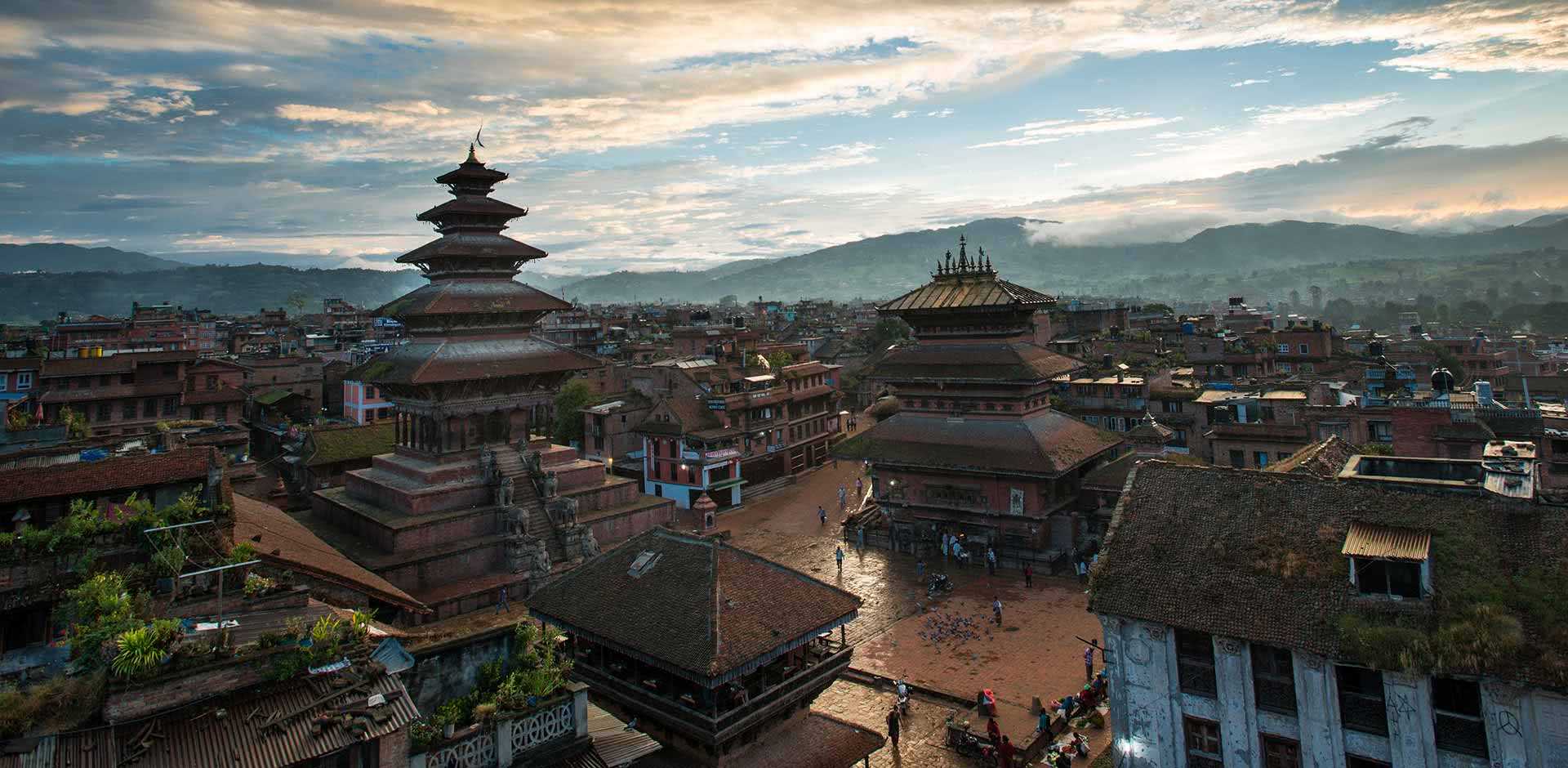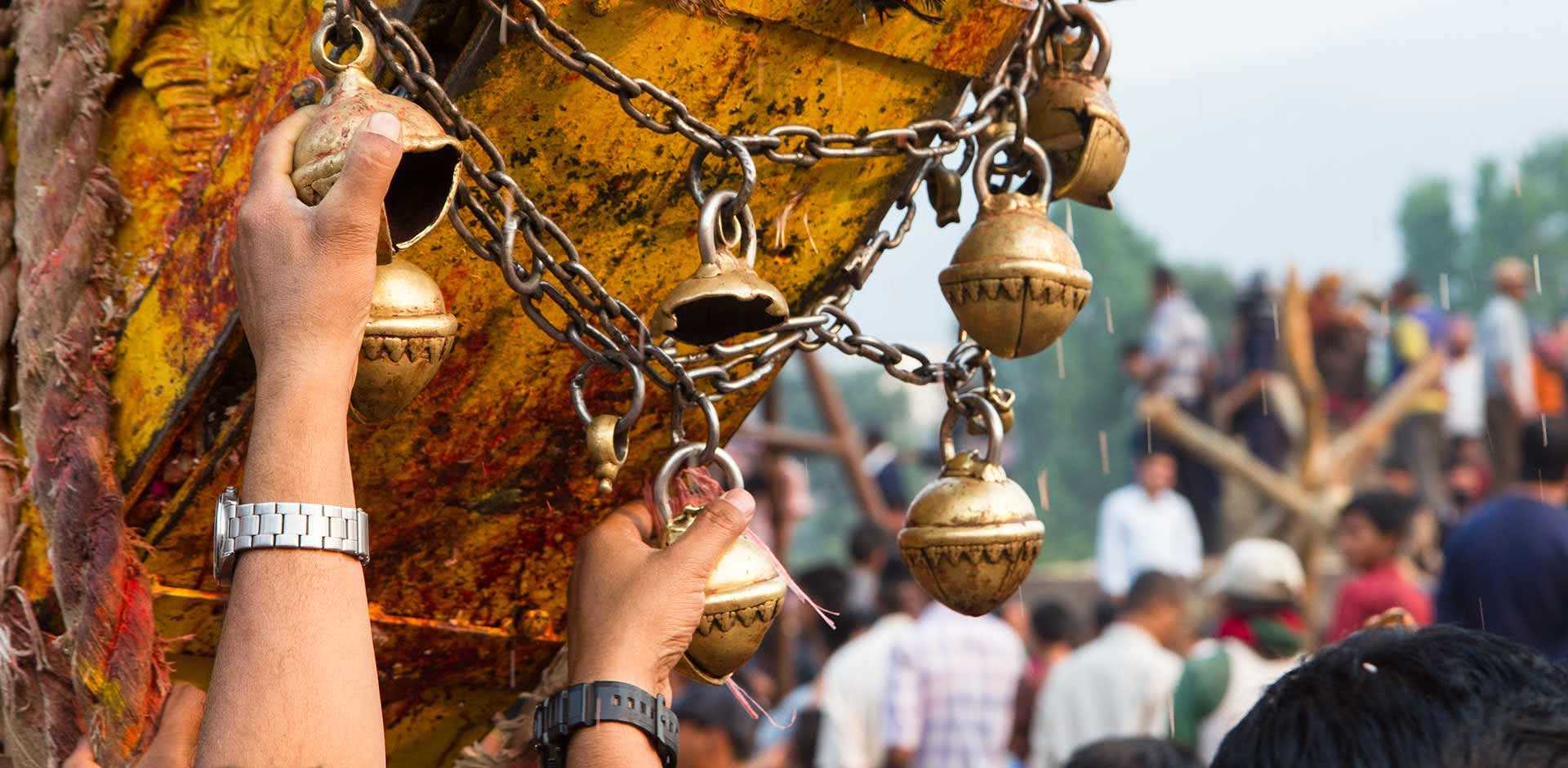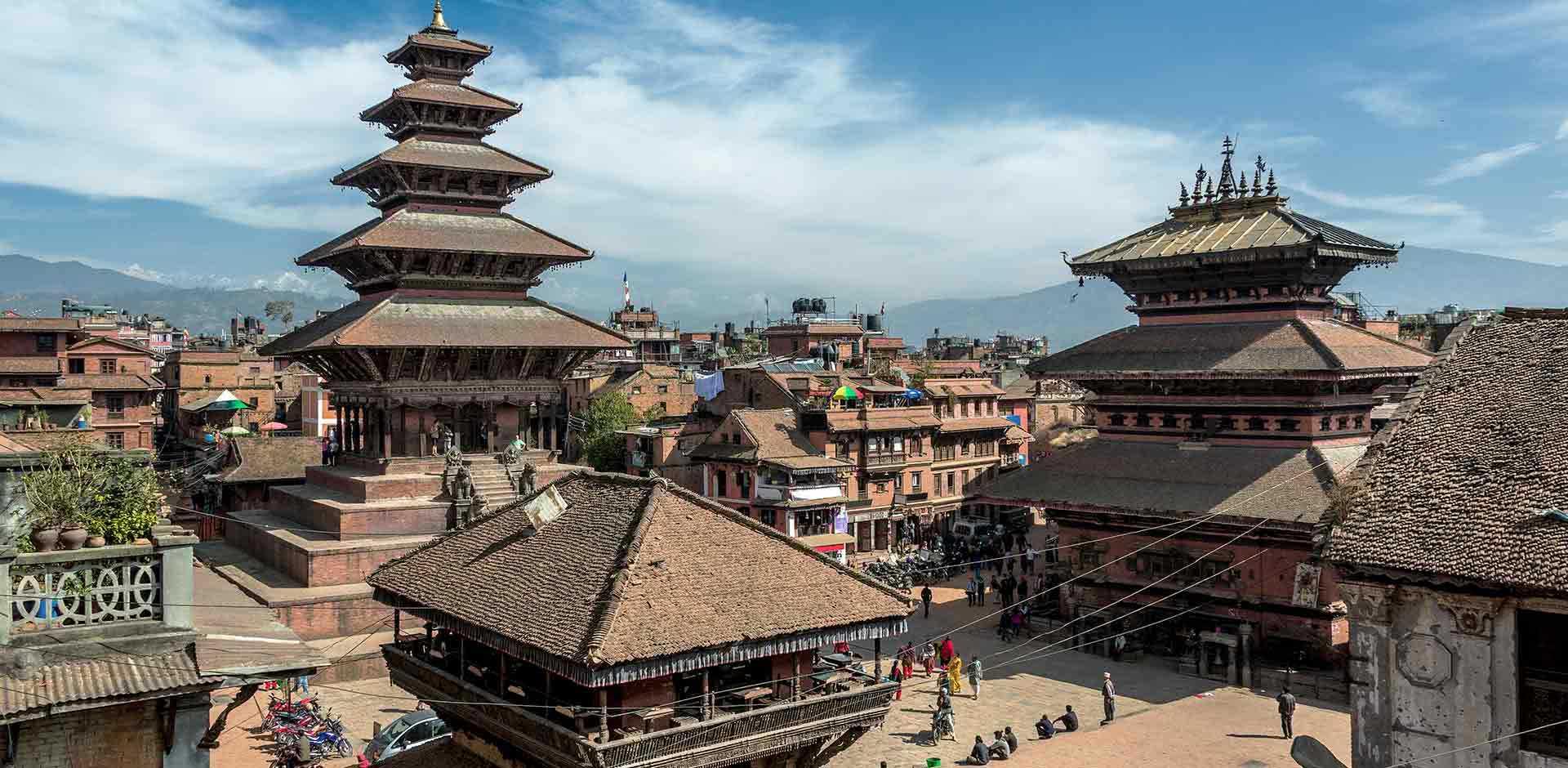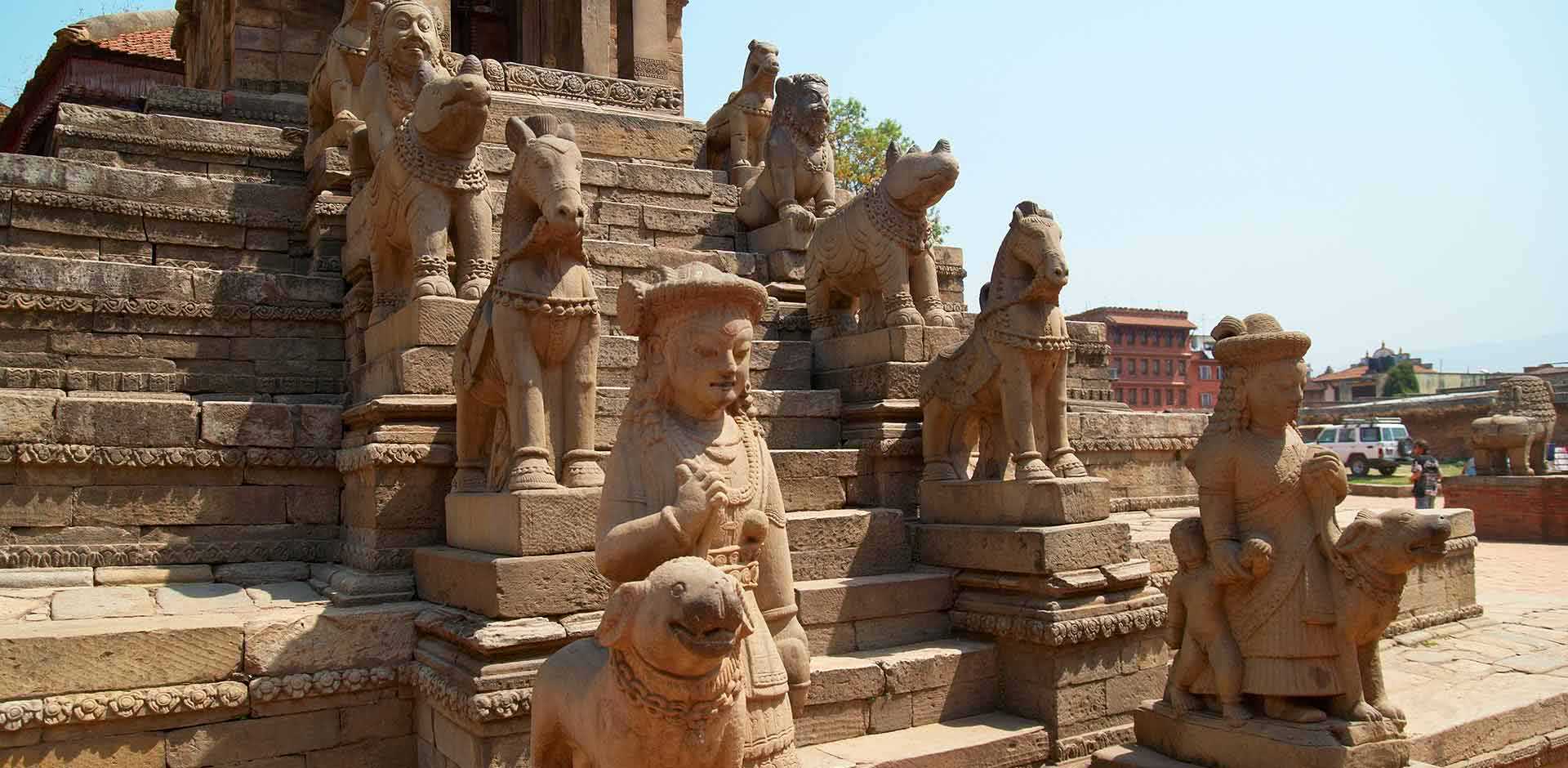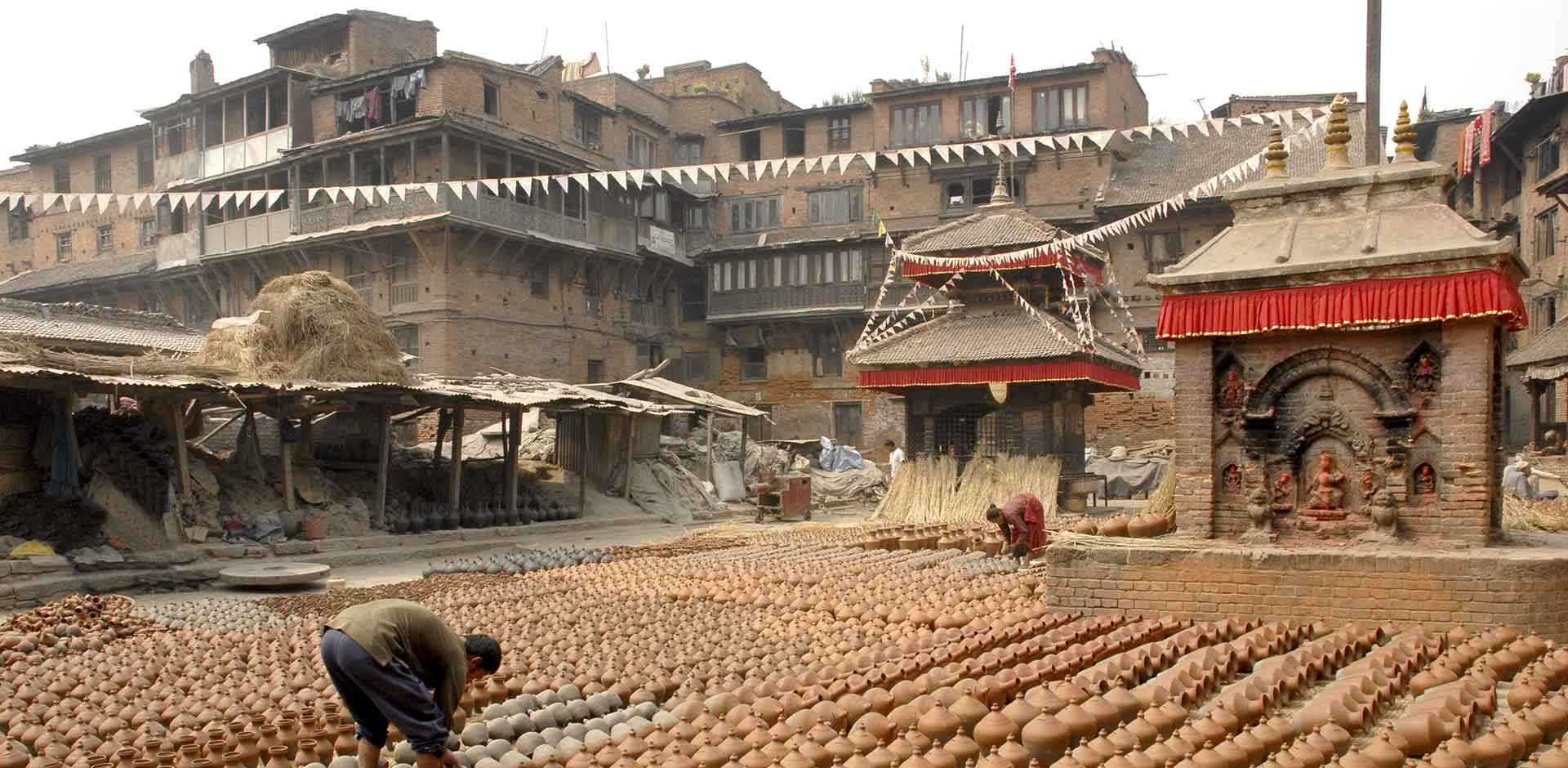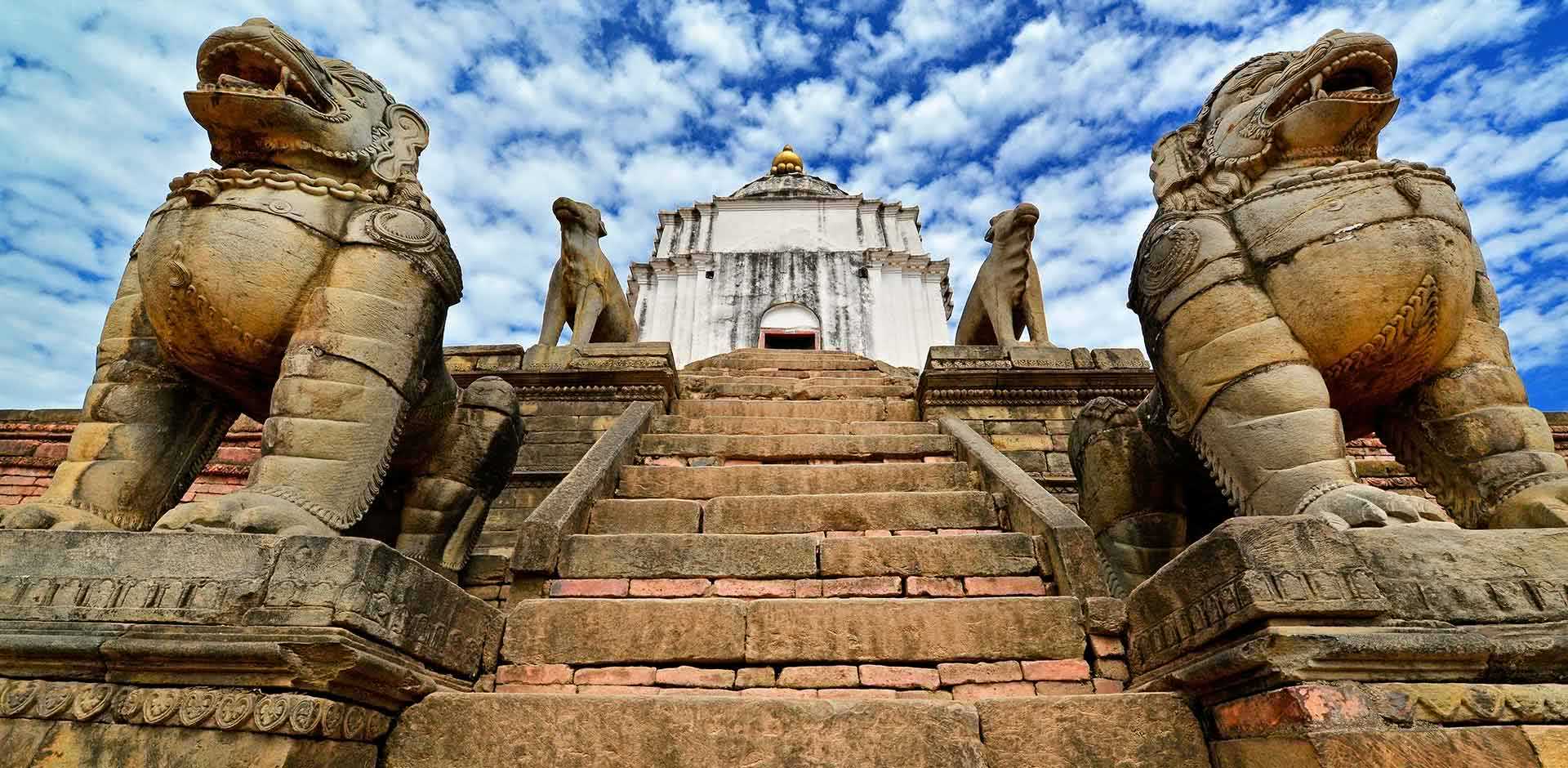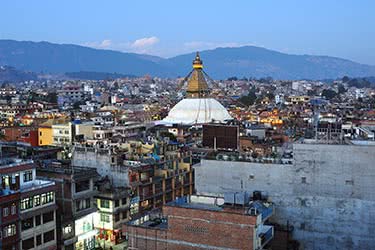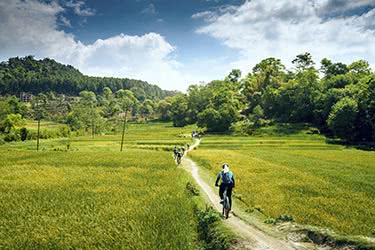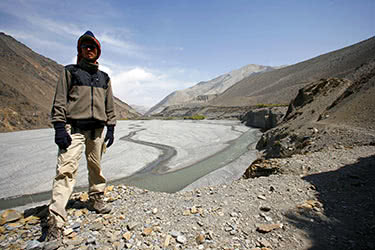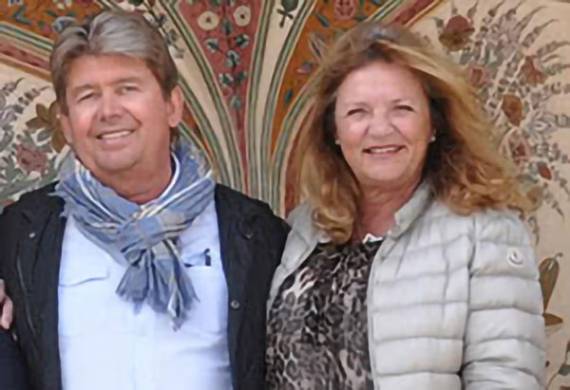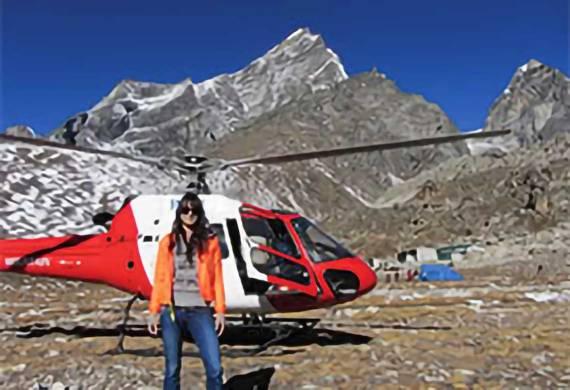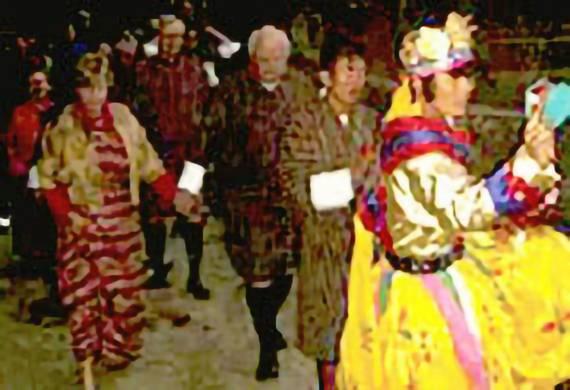Bhaktapur
Experiences
A handpicked selection of experiences endorsed by our experts. If you can’t see what you’re looking for, let us know, as our extensive network of local contacts can open many doors.
Bhaktapur Durbar Square
The plaza immediately preceding the old royal palace, Bhaktapur Durbar Square features temples and pagodas arranged around a palace of wood and brick. From an architectural standpoint, this is one of the most charming little places in all of Nepal, with golden statues of kings, stone monoliths, guardian deities, and wood carvings. While the Durbar Square was damaged by a severe earthquake in 1934, the city has long since recovered and rebuilt.
Changu Narayan
Located about 4 miles (6 kilometers) north of Bhaktapur, the Changu Narayan complex is one of the oldest Hindu temples in all of Nepal. An excellent example of Nepalese architecture, Changu Narayan features red brick walls, roof supports adorned with carved figurines from Hindu lore, and tiled roofs. Within the courtyard are various stone figurines, including several elephants and a small chorten, or stupa.
Kailashnath Mahadev
The tallest statue of Shiva on Earth, the Kailashnath Mahadev measures 143 feet (44 meters); it is also among the top fifty tallest statues in the world. A recent construction, the Kailashnath Mahadev was built from copper, zinc, cement, and steel.
Lion Gate
Built in 1696, the Lion Gate is flanked by two magnificent statues of lions, as well as two stone images of Shiva and his consort in two of their myriad incarnations.
Palace of the Fifty-Five Windows and the Golden Gate
Constructed under the auspices of King Jitamitra Malla, the Palace of Fifty-five Windows was home to royalty until 1769. Today, the palace is a National Gallery, and houses a wealth of ancient and contemporary art.
The Sun Dhowka, or the Golden Gate, is arguably the most significant structure in the Kathmandu Valley. An golden doorway topped with intricate, detailed carvings from Hindu mythology, the Golden Gate leads to the inner courtyards of the Palace of Fifty-five Windows.
Ta Pukhu (Siddha Pokhari)
A tranquil, rectangular lake near the main gate, the Ta Pukhu was built in the early 1400s. From this vantage point, weather permitting, visitors can take in the panoramic views of the nearby, snow-capped peaks.
Nepal Regions
Explore in-depth information, experiences and highlights by navigating to specific regions using the links below.
Bhaktapur Itineraries
- Duration
- 5 days / 4 nights
- Price Per Person
- From $3,200
- Duration
- 11 days / 10 nights
- Price Per Person
- From $17,200
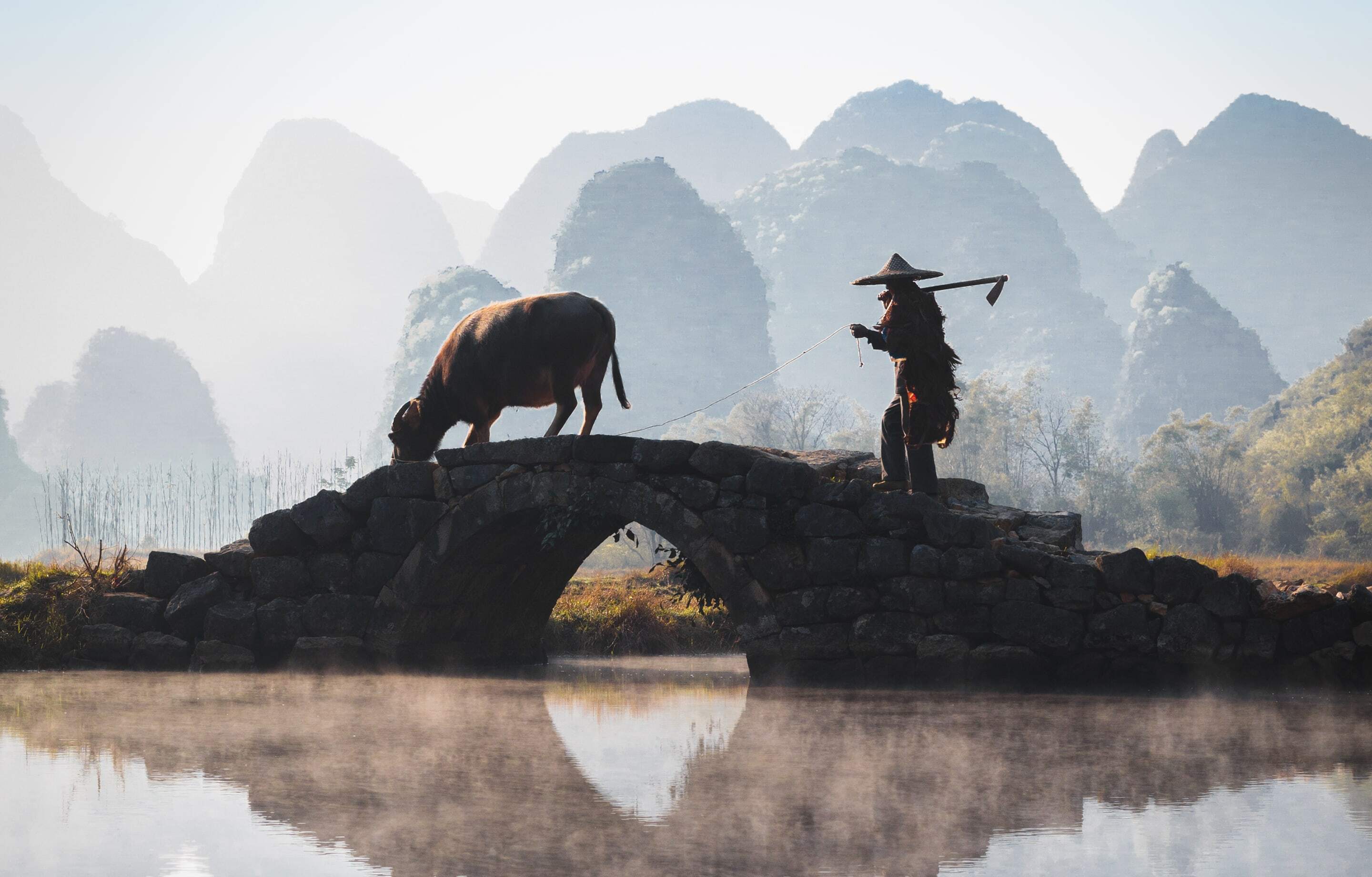
Exclusively Asia
With Remote Lands you'll travel with people who have made Asia the solitary focus of their own lifelong adventure. As our guest, you'll discover Asia on a journey that is completely, authentically your own, adapted from our own remarkable experiences and adventures over the years.
With Remote Lands you'll travel with people who have made Asia the solitary focus of their own lifelong adventure. As our guest, in the continent that our north American founders Catherine and Jay have adored and explored for decades, you'll discover Asia on a journey that is completely, authentically your own, adapted from our own remarkable experiences and adventures over the years.
Travelogues
An Asia-focused magazine brought to you by Remote Lands - a platform for adventure, luxury, and authenticity from experts and explorers around the continent.
Himalayas: Visit the Roof of the World after COVID
- Author
- Travelogues
Nepal: Yes, You Can Go Right Now
- Author
- Travelogues
Faces of Bhaktapur: Medieval Nepal Hidden in Plain Sight
- Author
- Ronan O'Connell
What Others Say
Here is a small selection of the kind words our clients have said about us recently.
